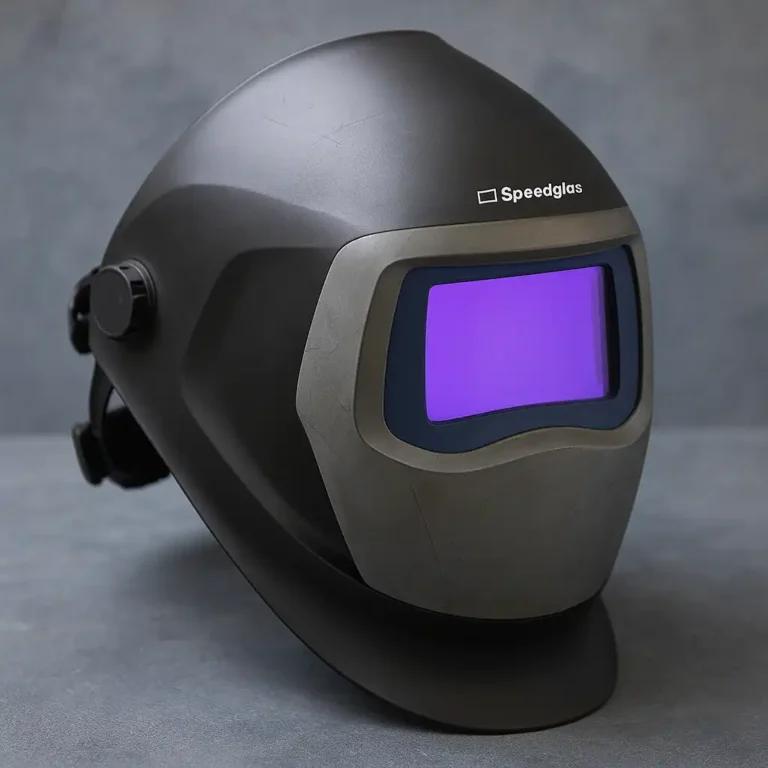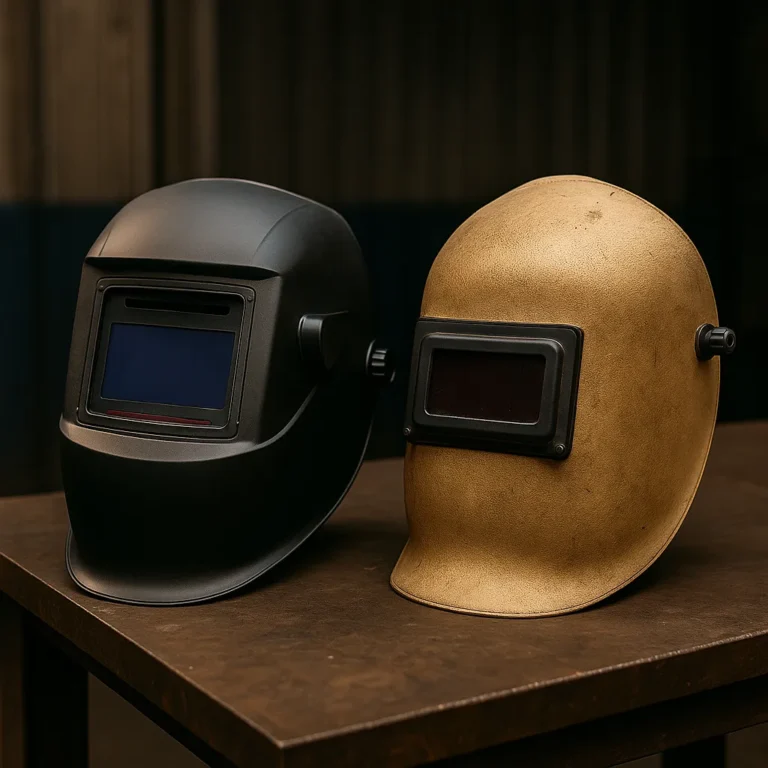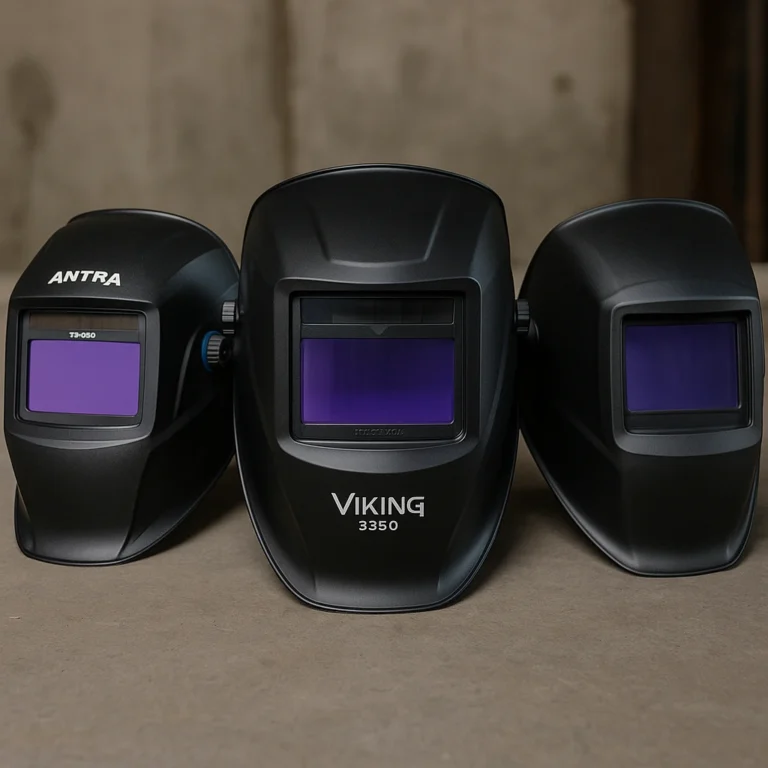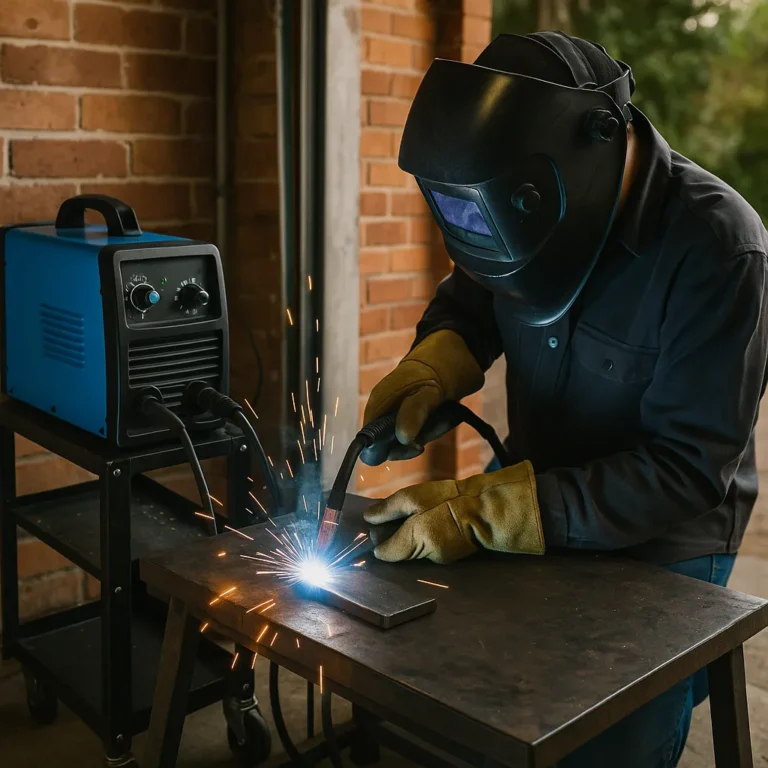How Does Auto Darkening Welding Helmet Work to Protect Your Vision

Disclosure: This post contains affiliate links. As an Amazon Associate, I earn from qualifying purchases—at no extra cost to you.
Welding helmets have evolved far beyond their fixed-shade ancestors. Today’s auto-darkening welding helmets offer not just protection but convenience and clarity. But how do they actually work? This post explores the technology behind auto-darkening filters and what makes them essential for any welder.
What Is an Auto-Darkening Welding Helmet?
Auto-darkening welding helmets (ADWHs) are equipped with special lenses that automatically adjust their shade based on the intensity of light emitted during welding. Unlike traditional passive helmets that maintain a constant dark shade, ADWHs stay light in their default state, allowing better visibility while setting up your weld.
How the Lens Senses Light and Reacts
At the heart of an ADWH is a liquid crystal display (LCD) panel, similar to what’s found in a calculator screen. The helmet uses one or more arc sensors—usually between two and four—to detect the ultraviolet (UV) and infrared (IR) light created by the welding arc. When the sensors detect this light, they instantly trigger the lens to darken, typically in 1/25,000 of a second or faster.
The Role of UV/IR Filters and LCD Layers
The lens consists of multiple layers:
- UV/IR filter: This always-on layer blocks harmful rays whether the lens is darkened or not.
- Polarizing filters: These align and reduce glare.
- Liquid crystal layers: These layers adjust to control how much light passes through.
Together, these components allow the helmet to change shade instantly and revert back once the arc stops.
Adjustable Shade and Sensitivity Settings
Most high-quality ADWHs offer shade ranges—typically from 9 to 13—for different welding applications such as MIG, TIG, and Stick. Welders can manually adjust:
- Shade level: Darker settings for high-amperage welding.
- Sensitivity: Controls how easily the lens reacts to light.
- Delay: Adjusts how long the lens stays dark after the arc ends.
Power Source and Battery Life
Batteries, solar cells, or both power auto-darkening helmets. Solar-assisted models recharge from welding light or sunlight, extending battery life. Most helmets have an “on” indicator or test button to check functionality before use.
Advantages Over Passive Helmets
- Hands-free operation improves workflow and safety.
- Clear visibility while positioning parts and the torch.
- Reduced neck strain from flipping the hood.
- Consistent protection from harmful UV/IR rays.
Conclusion
Auto-darkening welding helmets combine advanced sensor technology and layered lenses to provide real-time eye protection and unmatched convenience. Whether you’re a beginner or seasoned pro, understanding how these helmets work ensures you use them more effectively and safely.






